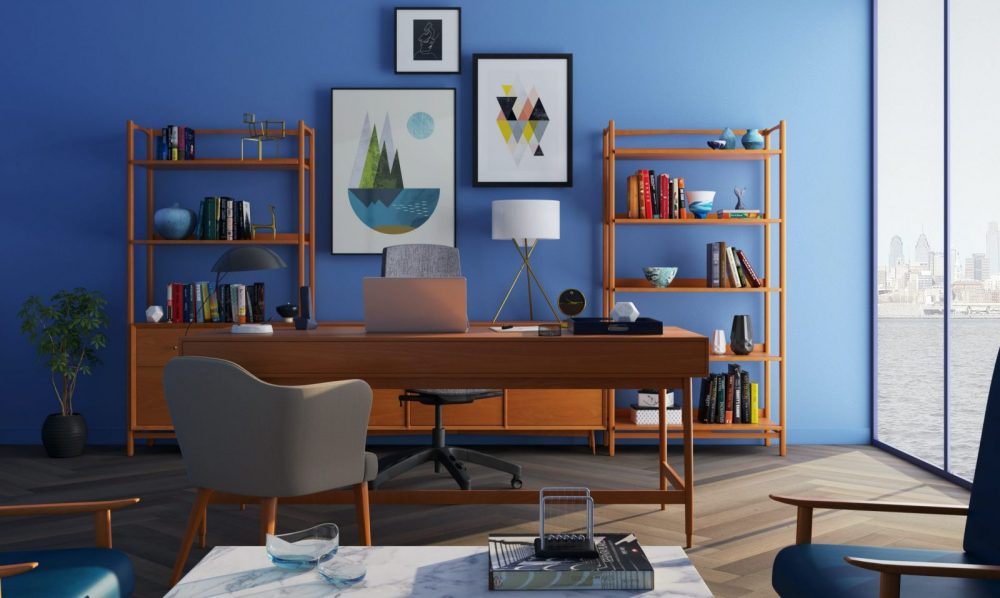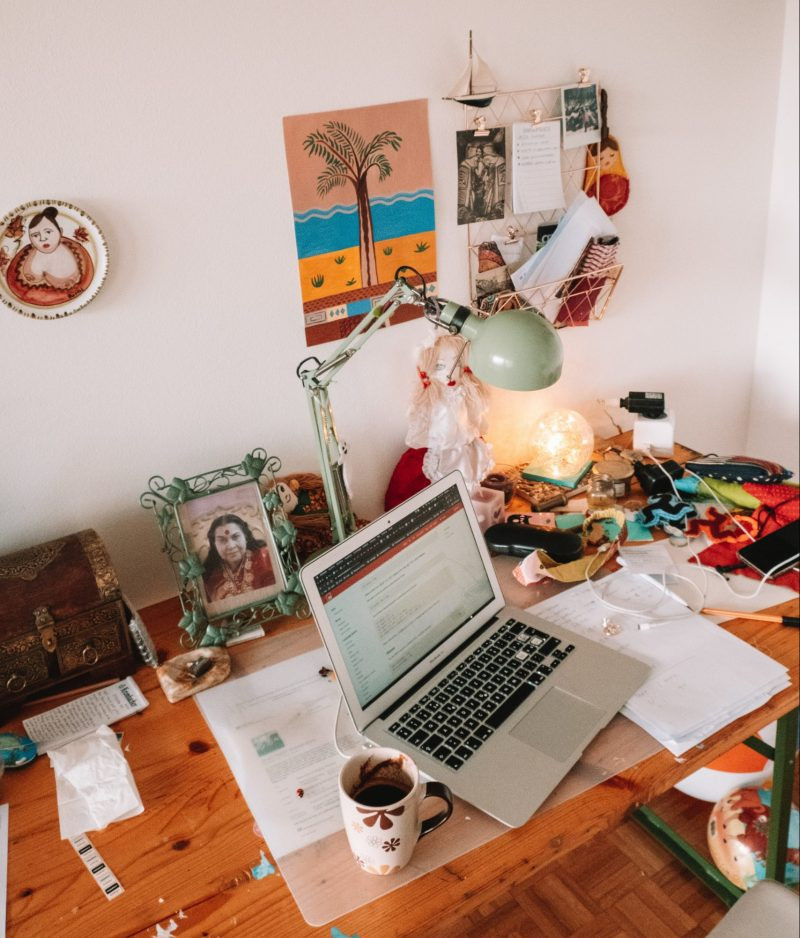How To Design A Functional Home Office Like A Pro

“The best way to work from home is to pretend you’re in an office but with all the comforts of home.”
With the rise of remote work, the home office has become an essential space for many professionals. Designing a functional home office goes beyond aesthetics—it’s about creating an environment that promotes productivity, focus, and overall well-being.
Below we will delve into the key elements of designing a productive home office and share valuable tips to help you optimize your remote work experience. From ergonomic considerations to organization strategies, let’s transform your workspace into a productivity powerhouse.

Choose the Right Location
Selecting the ideal location for your home office is crucial. Find a quiet area that allows you to separate work from personal life. Consider natural lighting, proximity to amenities, and the overall ambiance of the space.
Ergonomic Essentials
Investing in ergonomic furniture and equipment is a game-changer for long hours spent working. Opt for an adjustable chair that supports good posture, a well-positioned desk, and proper lighting to minimize strain on your body.
Personalize & Inspire
Create a space that reflects your personality and inspires creativity. Add elements that motivate you, such as artwork, plants, or a vision board. Personal touches can enhance mood and boost productivity.
Declutter & Organize
A clutter-free workspace is essential for a clear mind. Invest in storage solutions like shelves, cabinets, or desk organizers to keep your essentials tidy and within reach. Minimize distractions by organizing cables and keeping your desk clean.
Soundproofing & Privacy
To minimize distractions and maintain focus, consider soundproofing your home office. Use noise-canceling headphones or add sound-absorbing materials to the walls. Additionally, ensure privacy with curtains, blinds, or a door to create a professional atmosphere.
Technology & Connectivity
Ensure reliable internet connectivity and invest in the right technology tools for seamless remote work. A fast and stable internet connection, a reliable computer, and video conferencing software are essential for smooth communication and collaboration.
Time Management Strategies
Implement effective time management techniques to enhance productivity. Set clear goals, establish a routine, and use productivity apps or timers to stay focused and motivated. Break your work into manageable chunks and take regular breaks to recharge.
Incorporate Movement & Break Spaces
Combat the sedentary nature of desk work by incorporating movement into your home office design. Consider standing or adjustable desks, ergonomic accessories like wrist rests, and create designated break spaces for stretching or relaxation.
Lighting Design
Proper lighting is crucial for productivity and well-being. Maximize natural light by positioning your desk near a window. Incorporate task lighting for focused work and ambient lighting to create a comfortable and inviting atmosphere.
Establish Boundaries
Set clear boundaries between work and personal life. Define specific working hours, communicate expectations with household members, and create physical or visual cues that indicate when you’re in work mode.
Designing a functional home office is an investment in your productivity and overall well-being as a remote worker. By incorporating ergonomic principles, optimizing organization, and creating an inspiring environment, you can enhance focus, efficiency, and work-life balance. Remember, the key is to personalize your space to meet your unique needs and preferences. With these practical tips, you’re on your way to creating a home office that supports your remote work success. Get ready to thrive in your professional endeavors from the comfort of your own home.


